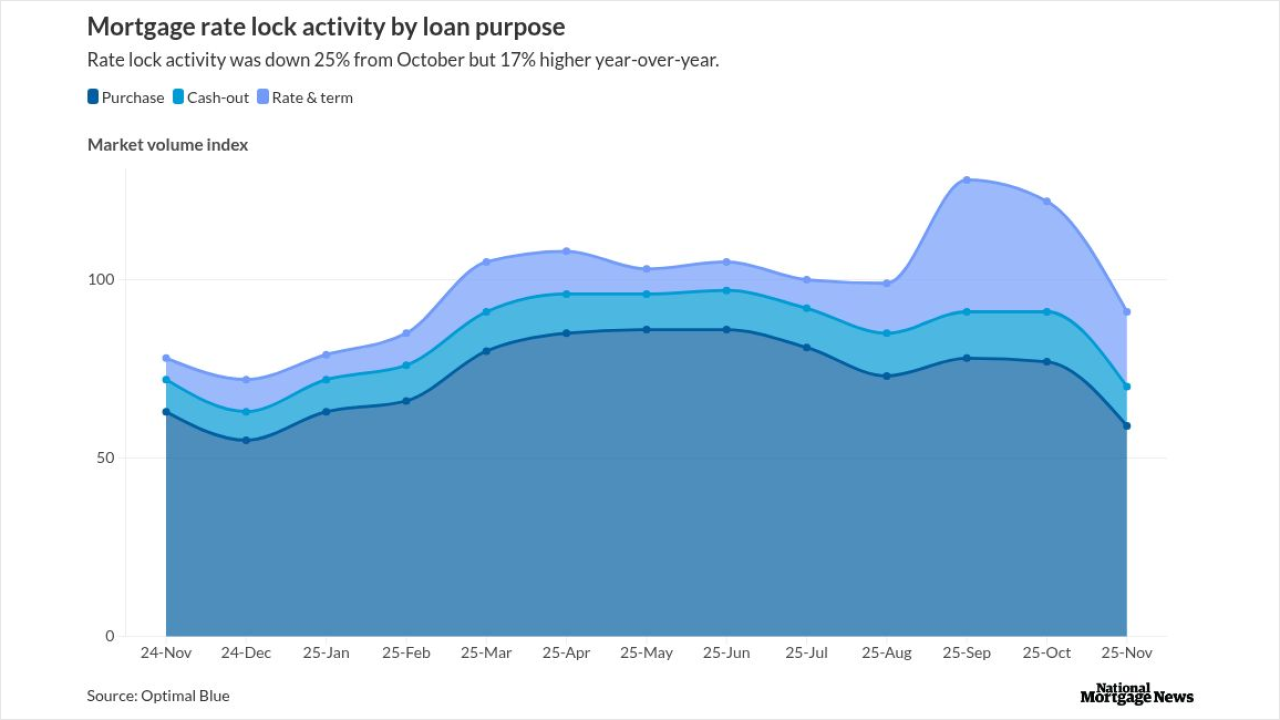A year ago, the three major credit bureaus — Equifax, Experian and TransUnion — stopped including public information about unpaid taxes and court debts in consumers’ credit reports.
A year later, some say the absence of this data is contributing to poor lending decisions.
LexisNexis Risk Solutions conducted a study recently that found that lenders are making riskier loan decisions because they lack the insights they once had from the public records. It should be noted that the company has skin in this game — it sells tax lien and civil judgment data to banks independently of the credit bureaus.
But according to other sources including the National Consumer Law Center, the people with liens or who owe money to courts tend to have other red flags such as delinquencies and low credit scores that tell lenders what they need to know. And the credit bureaus’ inability to accurately match public records to credit reports makes the information too suspect, they argue.
The case for including the information
Some lenders feel that knowing consumers face tax liens or owe money to a court is helpful in determining creditworthiness.
LexisNexis Risk Solutions says it analyzed data on a pool of loans including auto loans and credit cards made by multiple lenders in August 2017, when credit bureaus had dropped half the tax lien data and all civil judgment records from credit reports.

“To us that was an eye-opening piece of information,” said Ankush Tewari, vice president of credit risk assessment at LexisNexis Risk Solutions. “What we're seeing is, all other things equal, if two people have the same credit score, but one has a lien or judgment and the other doesn't, the one with the lien or judgment is much more likely to default. That is risk that lenders don't have visibility to unless they're getting liens and judgments from somewhere else.”
The study found that consumers with liens or judgments removed from their credit reports had gotten a 16-point bump in credit score on average.
The case for purging the information
The Consumer Financial Protection Bureau, FICO and VantageScore all conducted studies on the impact of the removal of lien and judgment data around the time it happened and found it to be minimal.
The
Some argue that the removal of public records should not greatly affect lenders’ decisions because most consumers who have a judgment or lien also have other negative information in their credit report.
“They are facing financial problems,” noted Chi Chi Wu, staff attorney at the National Consumer Law Center. In some cases consumers have a related ding on their reports, such as a charge-off or a collection for the debt that is the subject of the judgment.
“So removal of liens and judgments should not have a major impact on the credit profiles of the vast majority of consumers,” Wu said.
Tewari agreed that many consumers who have a lien or judgment also have other derogatory information on their credit file. But he also said the LexisNexis research shows that a traditional credit score that excludes lien or judgment information does not capture all of a consumer’s credit risk.
“A score that includes liens and judgments allows auto lenders and credit issuers the ability to identify and swap out a high-risk consumer who has a lien or judgment and swap in low-risk consumers without a lien or judgment,” he said. Consumers who were swapped out were three times to 4.2 times more risky, he said.
Another argument made by government officials and others to justify the removal of public records from credit reports is that people who have tax liens and civil judgments tend to have low credit scores anyway.
Tewari does not dispute this. The LexisNexis Risk Solutions study found that many consumers who were approved for auto loans or credit cards and had liens or judgments had lower credit scores and higher default rates than the general population. However, he said, high-scoring consumers are not immune to liens and judgments.
“The default rate for consumers with credit scores of 700 or higher increases by 154% in our auto loan sample and 91% in our credit card sample for individuals with a hidden tax lien or judgment compared to those without one,” he said.
Another important factor to consider is the reason credit bureaus were pushed to purge these public records in the first place: The bureaus were often unable to accurately match the lien and judgment records to the right credit reports.
Public records typically do not include the consumer’s Social Security number or date of birth.
“Without that information, it's really easy to match the wrong consumer, especially if they have a common name,” Wu said.
It is a serious problem with potentially painful consequences for consumers.
If the person applying for credit is named John Smith, the likelihood of pulling public record information for a completely different John Smith is high. Such mismatches could prevent people from accessing credit.
Tewari said LexisNexis has a proprietary way of linking public records to credit reports.
“We have no problem linking the records, even in the absence of a Social Security number,” he said.
None of the credit bureaus responded directly to a request for an interview but referred inquiries to Francis Creighton, president and CEO of the Consumer Data Industry Association, whose members include the credit bureaus and LexisNexis Risk Solutions.
Creighton characterized the credit bureaus’ stance as a response to conflicting priorities.
“The push and pull here is, we always want to include more information and we think that this is valuable information and we don’t want to lose it off the reports,” Creighton said. “But that has to be weighed against the matching issue: Can you at scale match enough of the information so you can include it on the report.”
The credit bureaus still use some public records in credit reports, such as bankruptcy records, which have personally identifiable information to allow accurate matching.
Creighton said the credit reporting agencies all want to provide as much information as possible to lenders to help them make good decisions.
“Nobody wins when a consumer gets a loan they can’t afford,” he said. “Consumers can lose their house in a foreclosure, and that impacts the community, and it hurts the lender who made the loan. But if we can’t rock-solid know that this file is related to this judgment, we can’t put it in the report.”



